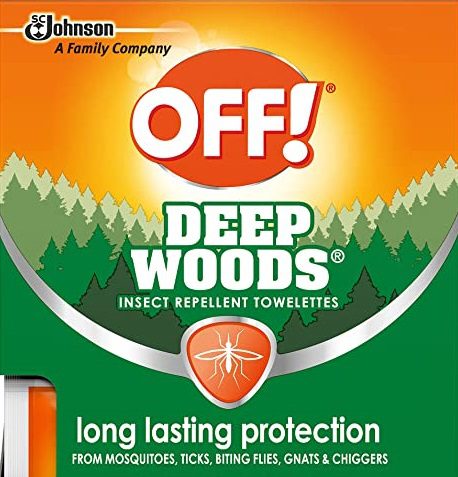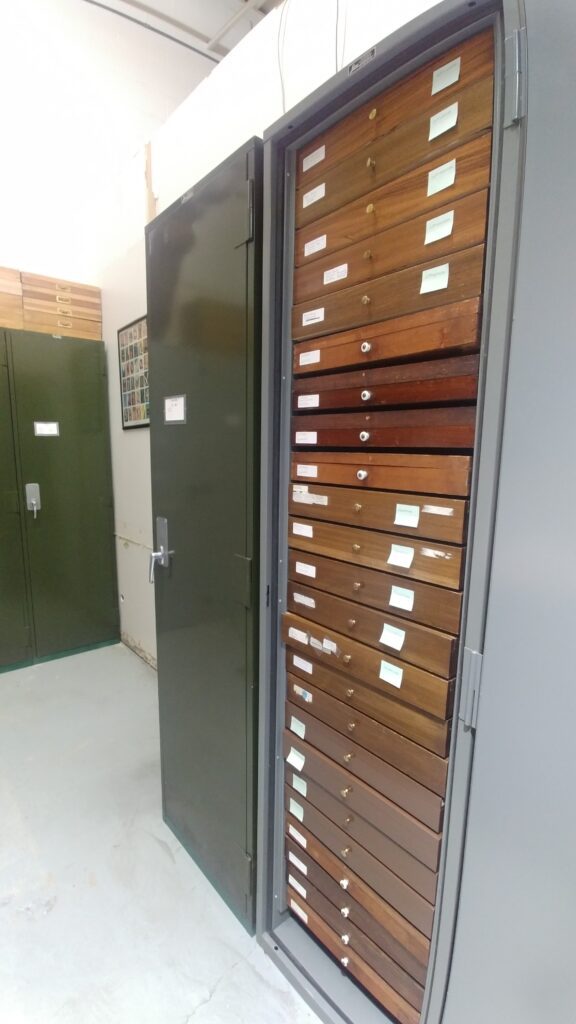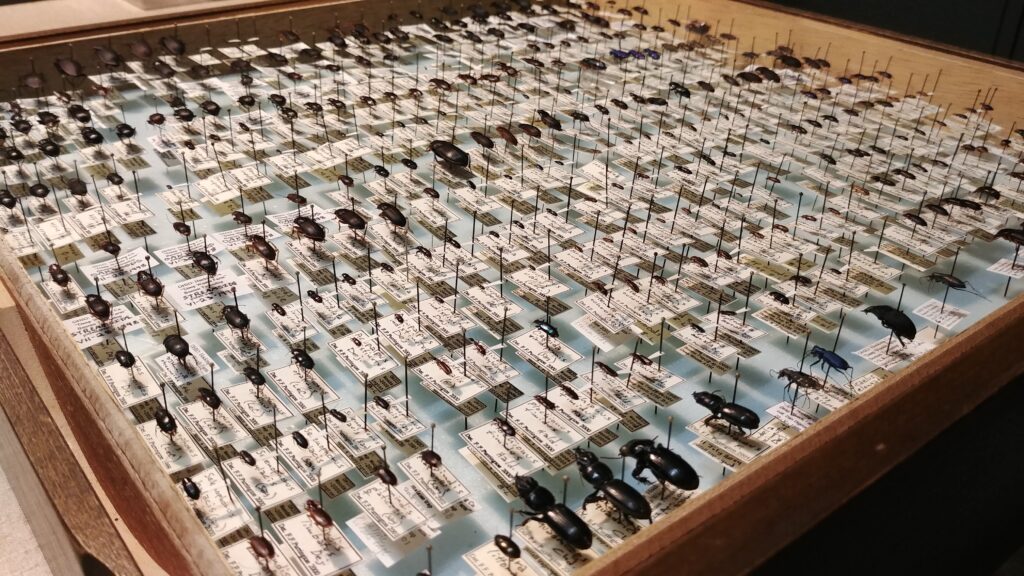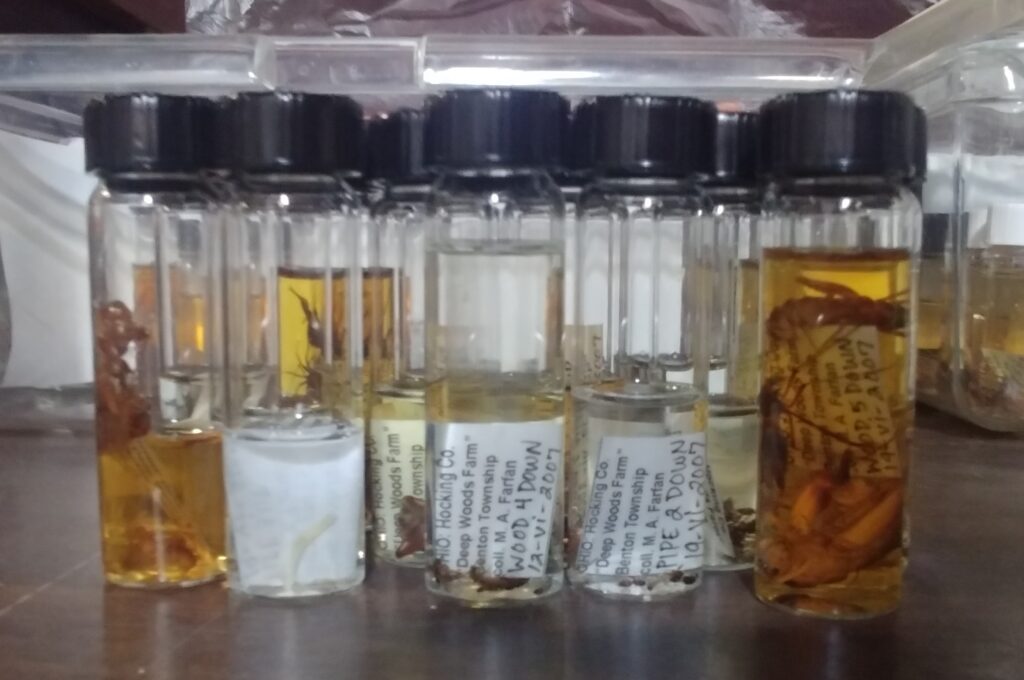When we were first contacted about the possible donation of a Deep Woods collection I was immediately intrigued. As a hiker who seeks out trail-less wilderness areas around the country, the concept of “deep woods” is never far from my thoughts (and no, not the insect repellant!). As I learned more about this insect collection of over 10,000 specimens, offered by the Ohio Biological Survey (OBS), I realized it would be an important addition to our natural history collections and a valuable research tool now and in the future.

The concept of time travel has always captivated humans. Wouldn’t it be fascinating if we could look back into time and see the animals and plants that were living in Ohio at a particular time? And how the species composition in the past compares to modern species? These questions are especially important as we deal with climate change and species extinction. That’s one of the many roles of natural history collections, allowing a glimpse into the past by preserving for perpetuity samples of the flora and fauna of a region. The Deep Woods material will allow just such an opportunity.
Deep Woods is a privately-owned 280-acre tract of land in Hocking County. The Deep Woods project was a “BioBlitz” meaning that for a particular focused time period, usually 24 hours, biologists, naturalists, and volunteers go into a predetermined area once a year to survey for living plant and animals. It has also been called an All Taxa Biodiversity Inventory (ATBI). The researchers will collect specimens, and will record visual observations of some groups of species. For the Deep Woods project they weren’t just collecting insects but were surveying for algae, bryophytes, lichens, vascular plants, spiders, reptiles, amphibians, birds, and mammals.

A cabinet of pinned insects, Deep Woods collection (Ohio History Connection photo).
The project was initiated by the Ohio Biological Survey and was first funded by ODNR’s Division of Wildlife. It was later supported by OBS with contributions from the Deep Woods landowners. The project ran from 1998 through at least 2014. Over those years a total over 5,000 species were recorded for the site. Think about that for a moment, one relatively small plot of land in Ohio is home to such a large number of species. And this number does not include the groups of animals and plants that were not recorded.

A drawer of identified and neatly organized beetles (Ohio History Connection photo).
Though it sounds arduous to have staff and volunteers covering a 24-hour shift, including primitive camping on-site, there was some fun to be had too! Participants would bring their own food and there were large potluck-style meals. There was also a friendly competition to find more species than the previous years’ total. A blurb in the 2014 OBS newsletter states that “The record species total for a Deep Woods BioBlitz is 907. Can we top that in 2014?”. This project is a great example of a Citizen Science project; professional scientists working hand in hand with dedicated citizen volunteers. To learn more about Citizen Science projects you can be involved in, click here.

Insects preserved in ethyl alcohol (Ohio History Connection photo).
After the project concluded, the insect specimens were preserved, identified by experts, and housed at Ohio State. But after OBS moved off campus to new offices the specimens needed another home. The Deep Woods material is ideal for our natural history collections, since it was collected in Ohio, identified and preserved by Ohio experts, and was part of an Ohio Biological Survey project. Like all natural history specimens, their use in exhibits, education, and research is unlimited. But the Deep Woods collection is particularly important since it firmly documents what was living in this area of the unglaciated Allegheny Plateau of southeastern Ohio at the turn of the 21st Century. The Deep Woods specimens will be valuable to document the changes in species composition resulting from climate change – such as species extinction, extirpation of native species from the state, southern species extending their range into Ohio, and an increase in invasive species.